For culinary professionals, the art of deep frying is a skill that can elevate any dish from ordinary to extraordinary. If you're looking to master the technique of how to deep fry in a saucepan, you've come to the right place. This method, while simple, can yield life-changing flavors and textures. From choosing the right ingredients to mastering the frying process, this guide covers it all.
Before diving into the details, its essential to understand why using a saucepan for deep frying is both a practical and efficient choice, especially in a professional kitchen setting. A saucepan provides ample space for frying while allowing you to manage heat effectively, ensuring that your food cooks evenly.
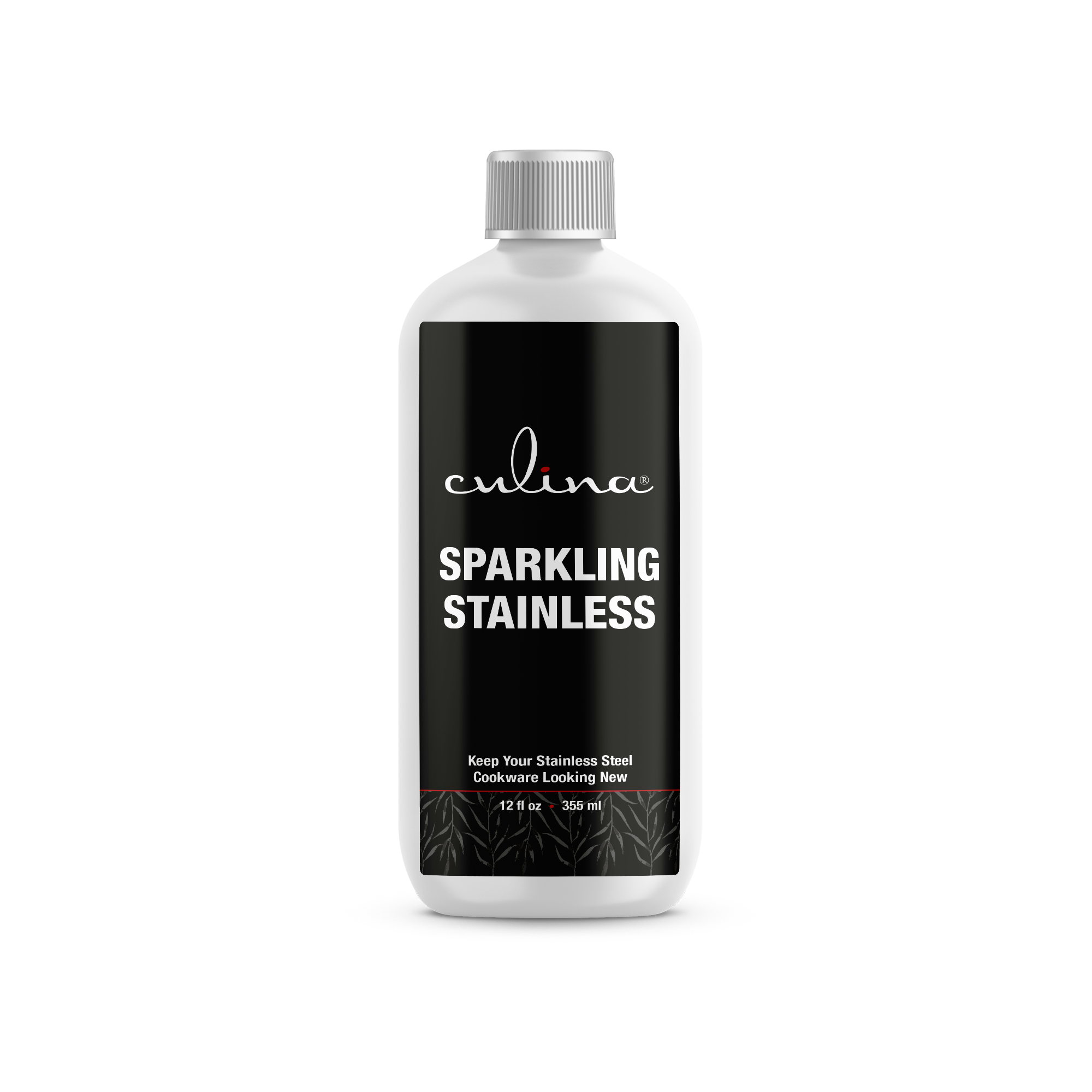
Preparing Your Saucepan for Deep Frying
Choosing the right saucepan is the first step in your journey to perfect deep frying. Ideally, you should select a heavy-bottomed saucepan that can withstand high temperatures. This type of pot distributes heat evenly, reducing the likelihood of burnt spots and providing consistent frying results. It is also wise to consider the size of your saucepan based on the quantity of food you are frying.
Once you have selected your saucepan, make sure to:
- Clean the saucepan thoroughly to avoid mixing flavors from previous uses.
- Ensure that the saucepan is dry, as water can cause hot oil to splatter.

Essential Ingredients for Deep Frying
The ingredients you choose to deep fry can significantly affect the outcome of your dish. Popular options include:
- Vegetables: Potatoes, onions, and squash work incredibly well for frying.
- Proteins: Chicken, fish, and tofu are favorites among chefs.
- Batter: A light and crispy batter enhances the texture and flavor of your dish.
Frying Oils: The Right Choice
The type of oil used is critical in deep frying. Opt for oils with high smoke points like canola, peanut, or sunflower oil. Heres a quick comparison of a few oils:
- Canola Oil: Neutral flavor, perfect for frying.
- Peanut Oil: Slightly nutty taste, ideal for frying turkey.
- Sunflower Oil: Great for its high smoke point and mild flavor.
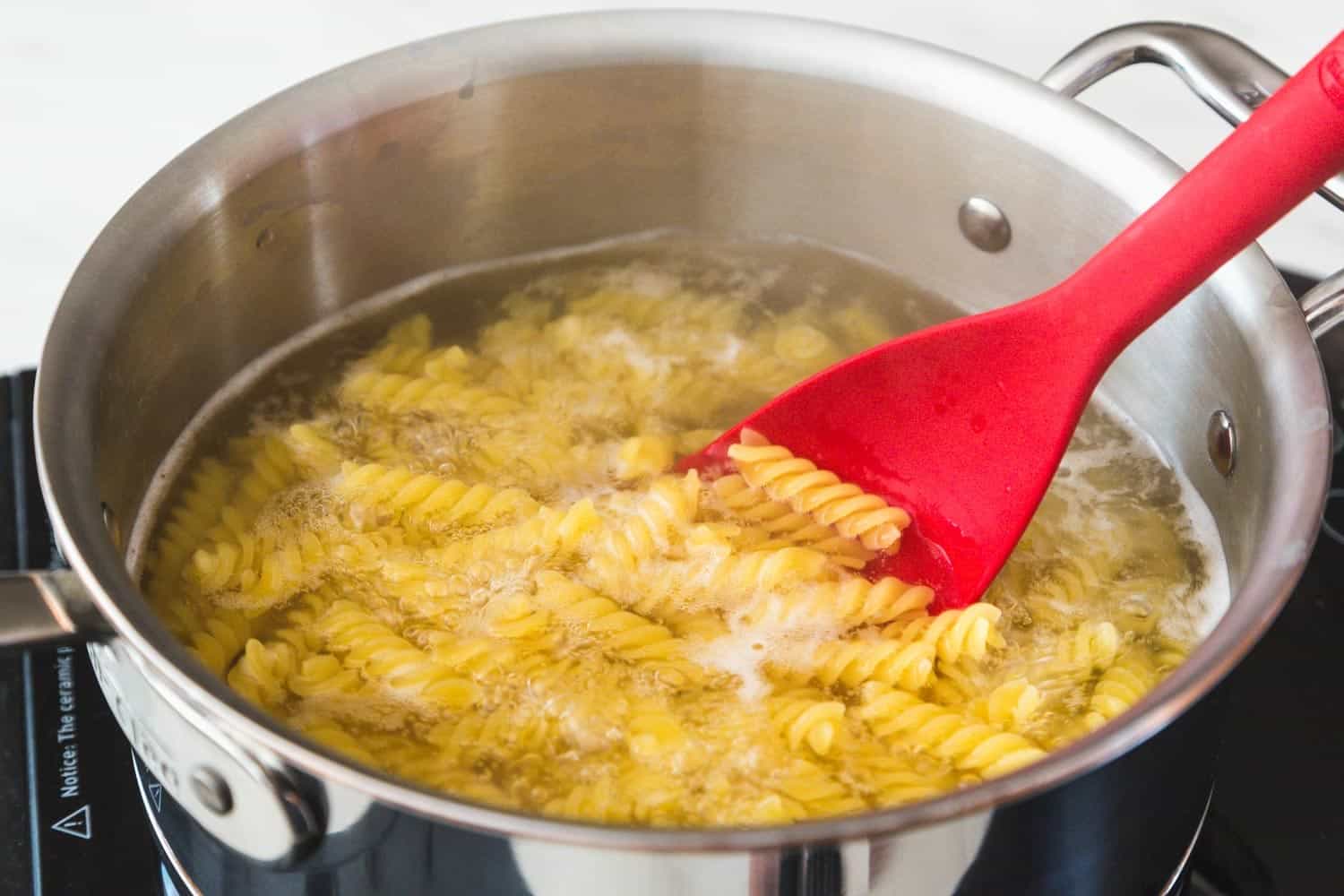
Step-by-Step Guide to Deep Frying
Now that you have your saucepan ready and your ingredients prepared, its time to begin the frying process:
- Heat the Oil: Pour your chosen frying oil into the saucepan. Aim for a depth of at least two inches to ensure even frying. Heat the oil to around 350F (175C), using a thermometer for accuracy.
- Test the Oil: To check if your oil is hot enough, drop in a small piece of bread. If it sizzles and turns brown within 60 seconds, your oil is ready.
- Carefully Add Food: Using long tongs, gently lower your prepared ingredients into the hot oil. Avoid overcrowding the pan, as this can lower the oil temperature and result in soggy food.
- Fry Until Golden: Monitor your food closely. Depending on what youre frying, cooking times will vary. Aim for a golden-brown color.
- Drain Excess Oil: Once cooked, use a slotted spoon to remove food from the oil. Place it on a plate lined with paper towels to soak up any excess oil.
Maintaining the Right Temperature
One of the most challenging aspects of frying is maintaining the proper oil temperature. If the oil becomes too hot, it can cause the food to burn. Conversely, oil that is too cool can lead to greasy, undercooked food. Here are a few tips:
- Use a thermometer to monitor oil temperature.
- Allow the oil to return to temperature between batches of frying.
- Keep an eye on the food's color to ensure it doesnt brown too quickly.

Safety First: Avoiding Oil Hazards
Deep frying presents safety concerns, especially in a busy kitchen. Take precautions to safeguard against burns and fires. Consider the following tips:
- Always have a fire extinguisher nearby.
- Never leave hot oil unattended.
- Keep flammable items away from the stove.
Cleaning Up After Deep Frying
Once you've completed your frying session, its important to clean your cookware properly:
- Strain and store leftover oil for future use.
- Allow the saucepan to cool before cleaning.
- Use warm, soapy water to scrub the saucepan, avoiding abrasive materials that can scratch the surface.
For detailed cleaning instructions, check out this cleaning guide.
FAQs About Deep Frying in a Saucepan
1. Can I deep fry without a thermometer?
While using a thermometer is highly recommended for maintaining the right oil temperature, you can conduct a simple bread test to check if your oil is hot enough. Drop a small piece of bread into the oil; if it browns within a minute, your oil is ready.
2. What are the best foods to fry in a saucepan?
Some of the best foods to deep fry in a saucepan include vegetables like potatoes and onions, proteins such as chicken and fish, and various baked goods like donuts.
3. How do I know when my food is done frying?
Your food should be golden brown and crispy. Additionally, using a meat thermometer can help assess if proteins are cooked to the correct internal temperature.
For more information on proper saucepan usage, visit this link.
As an Amazon Associate, I earn from qualifying purchases.

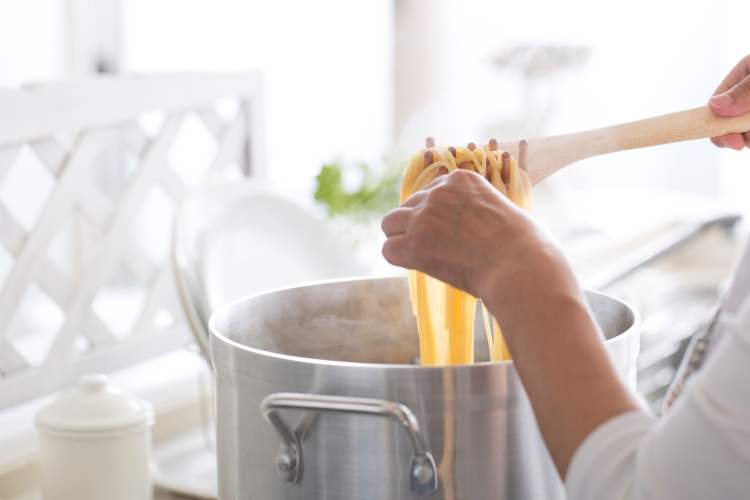


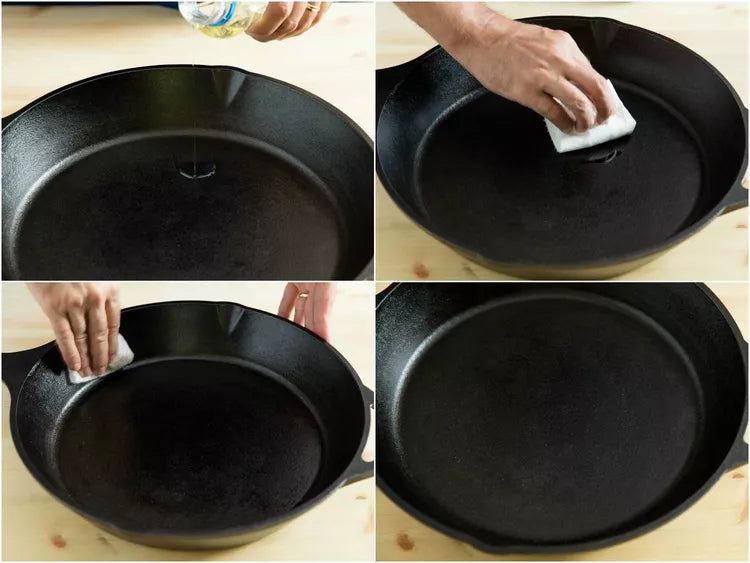
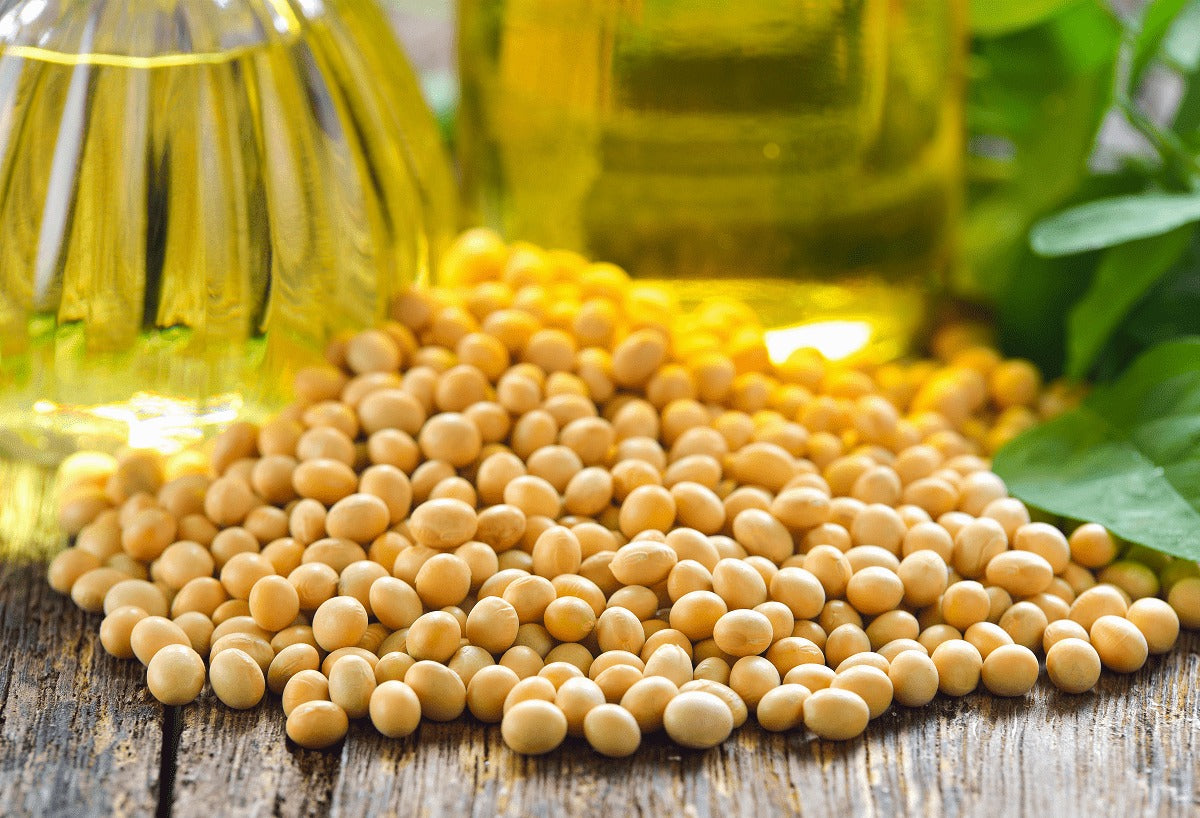
Leave a comment
This site is protected by hCaptcha and the hCaptcha Privacy Policy and Terms of Service apply.